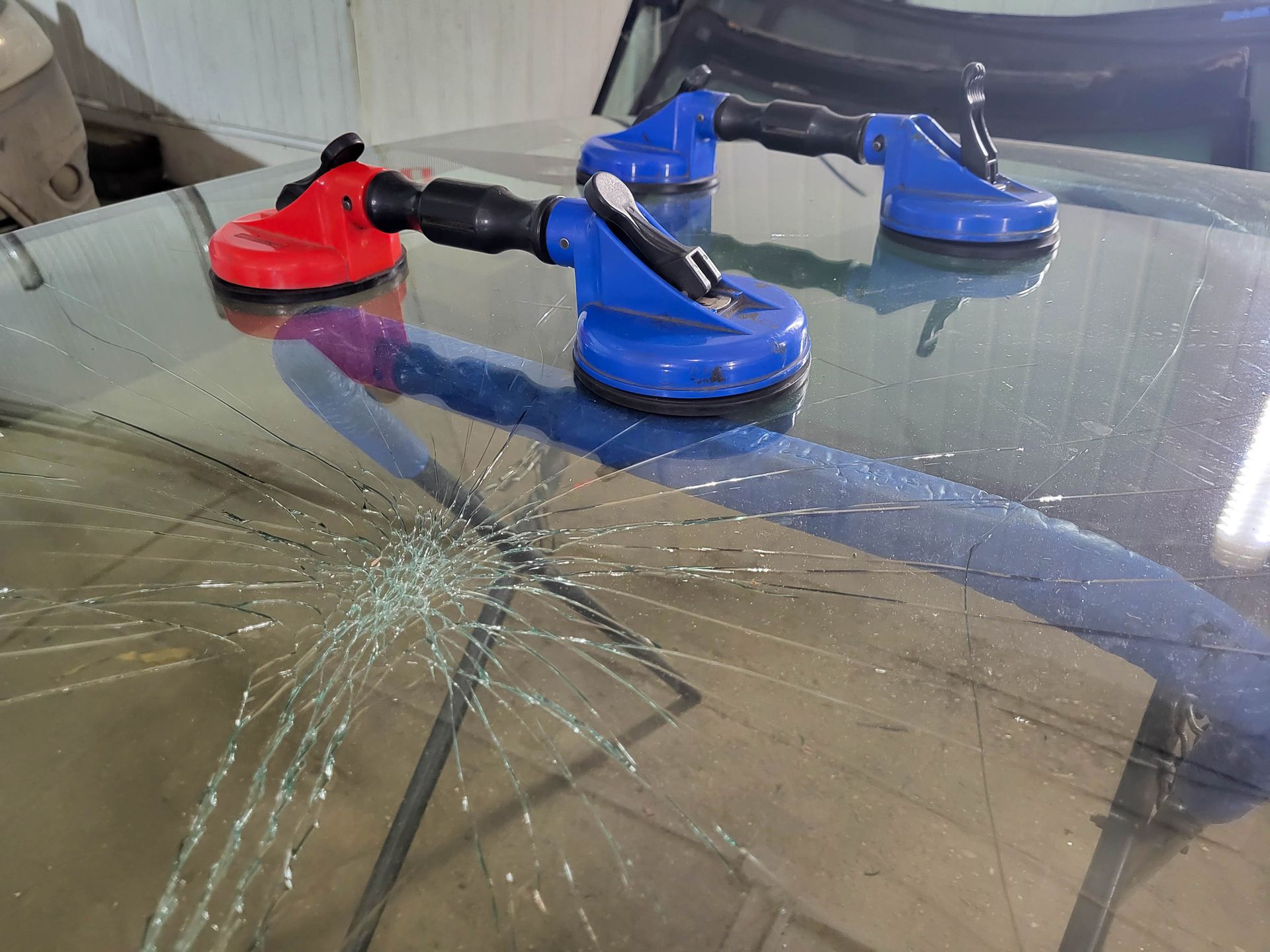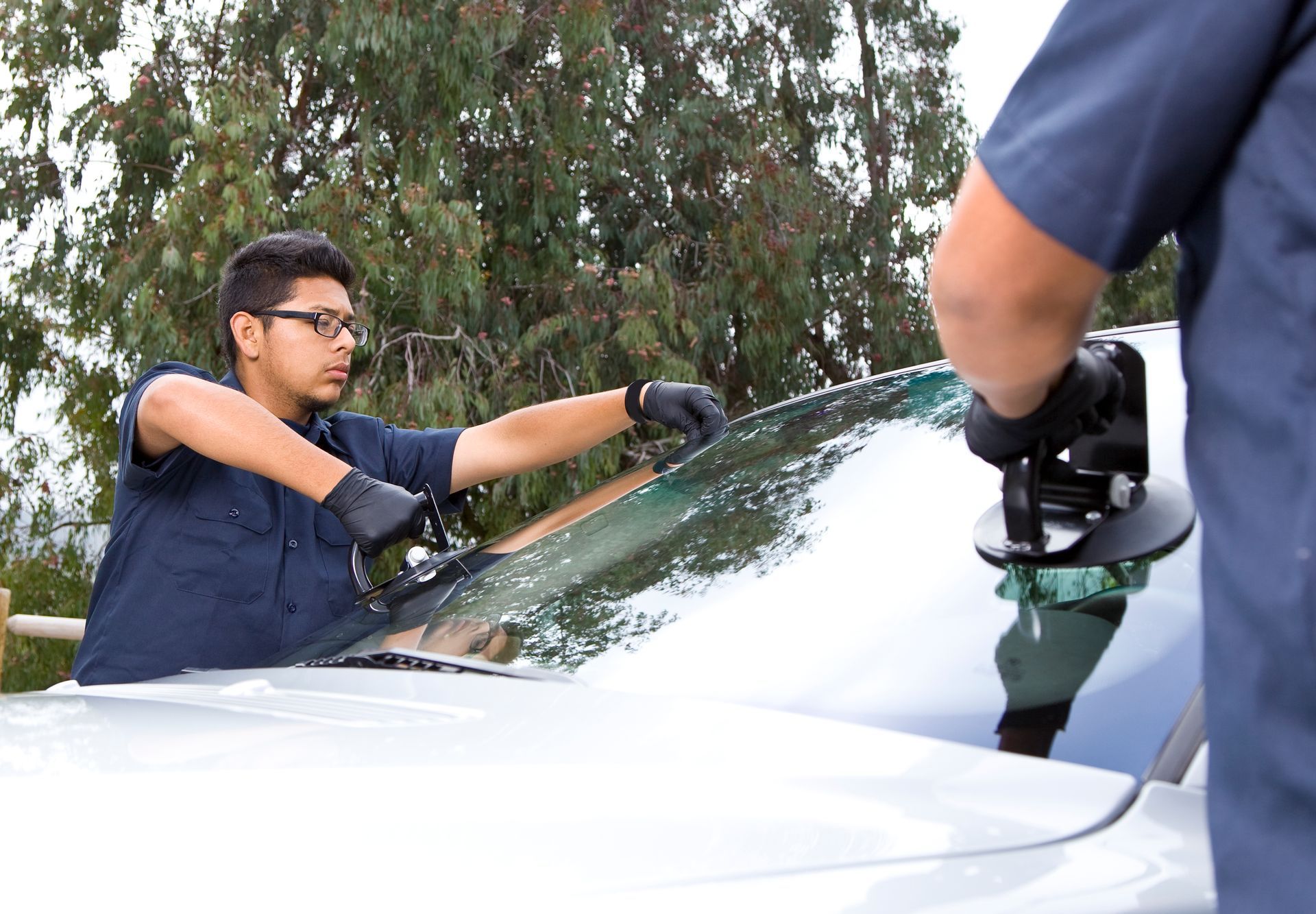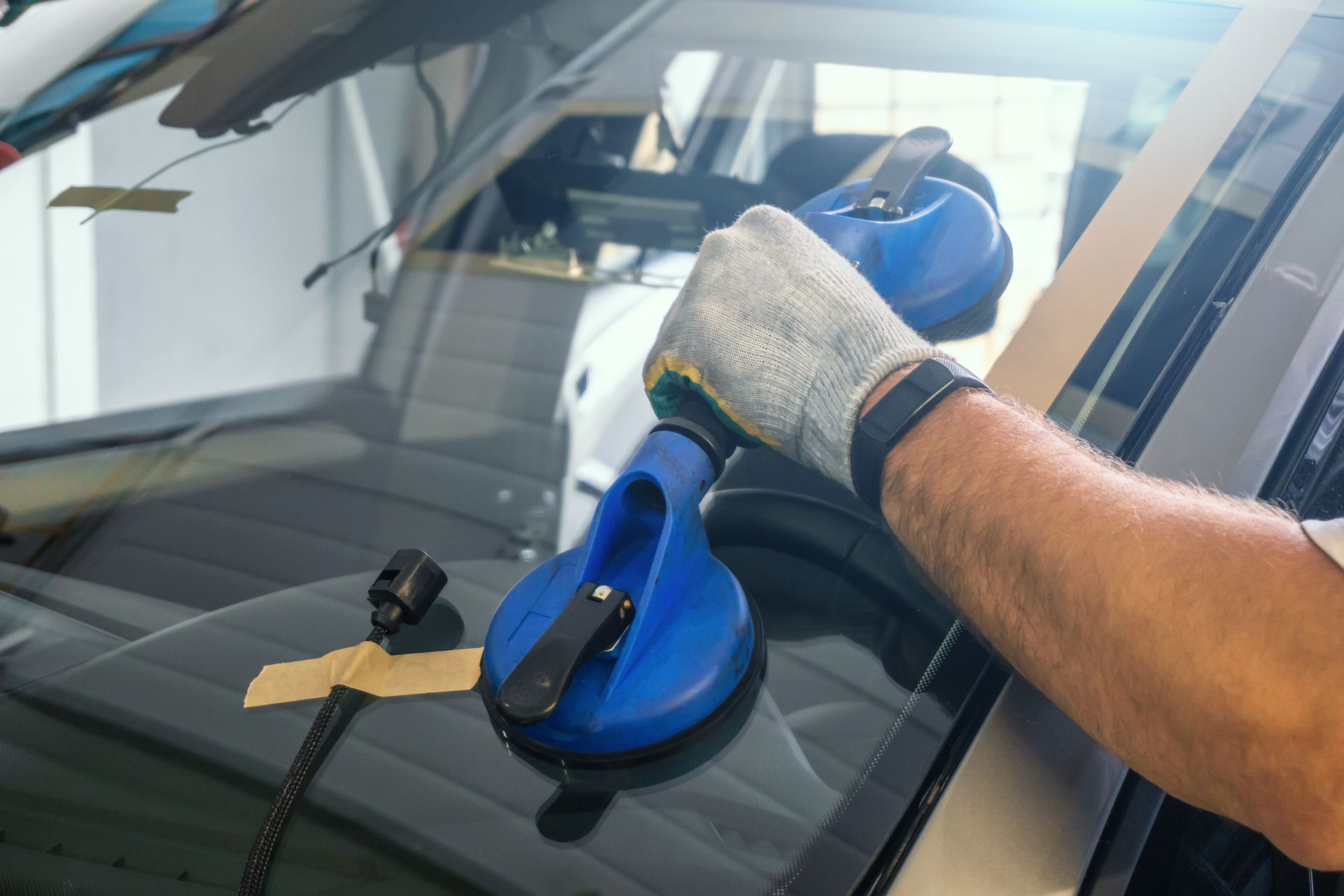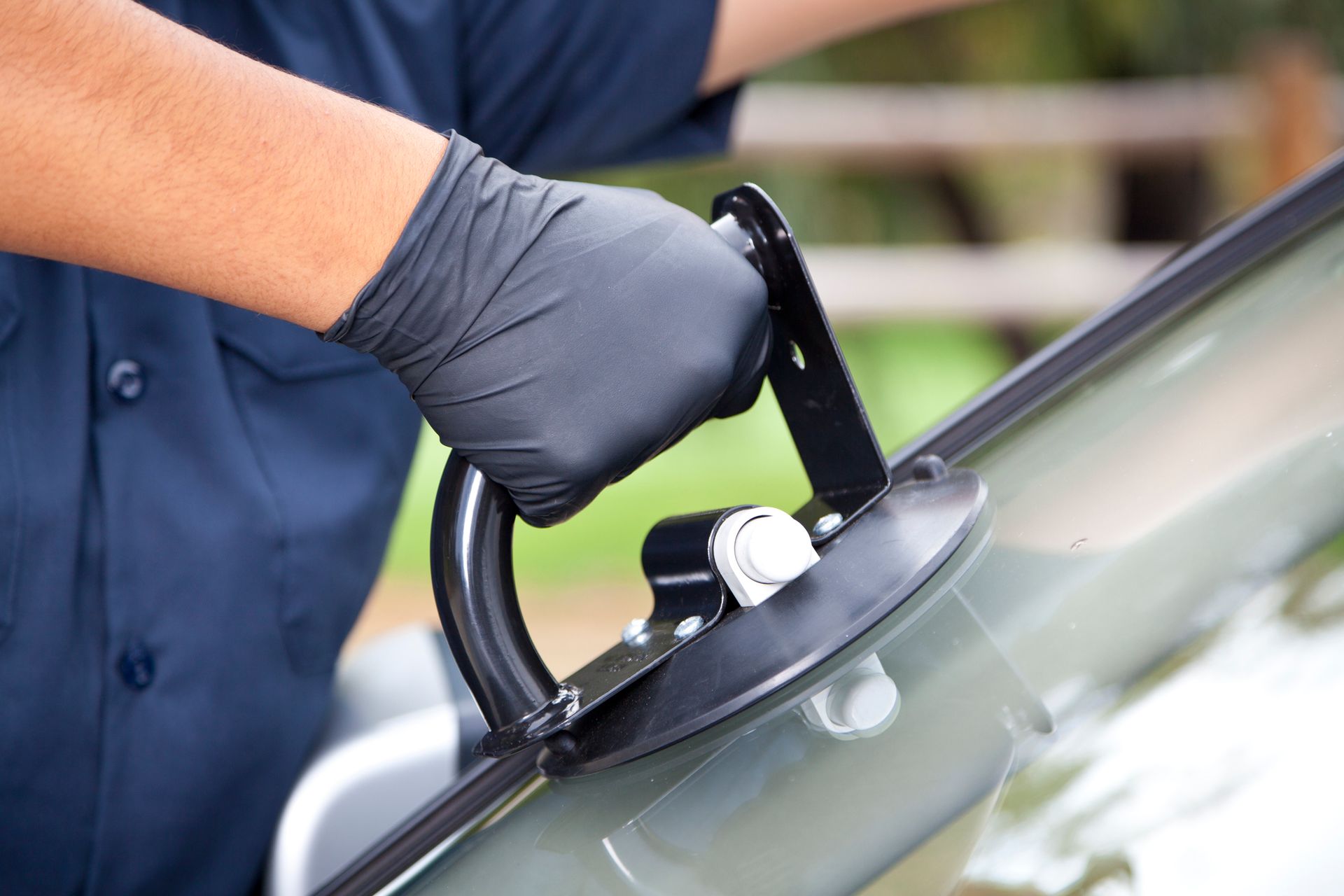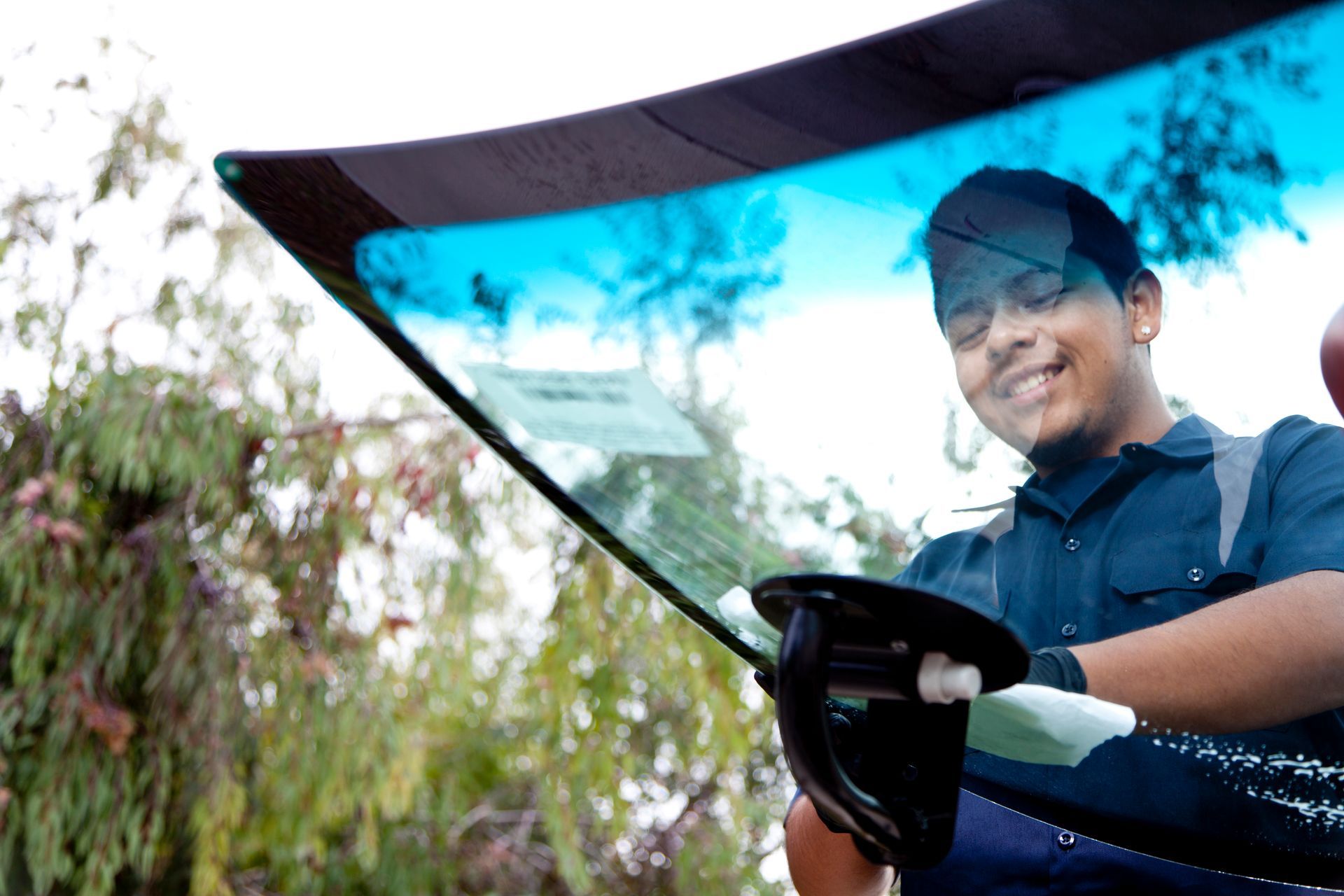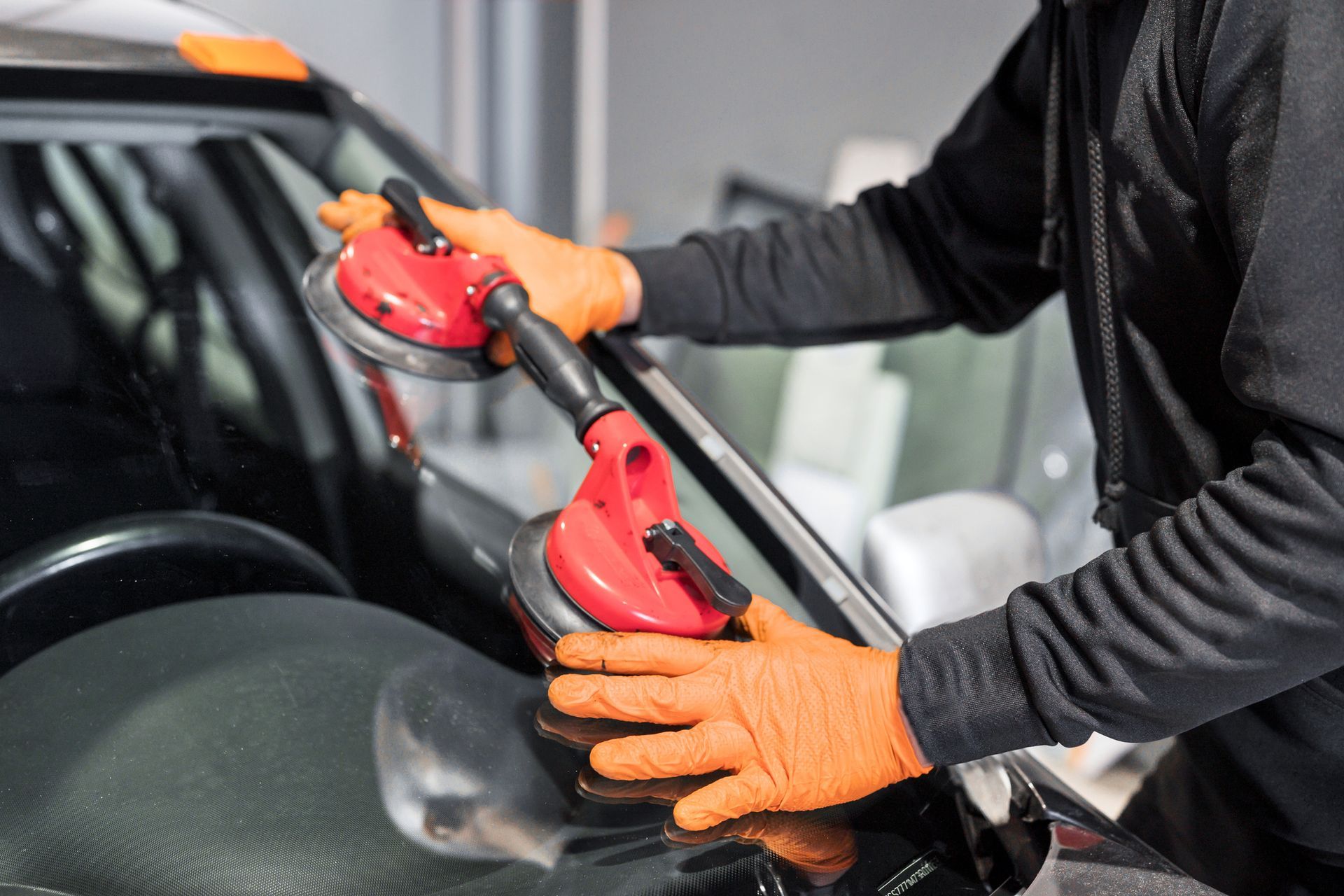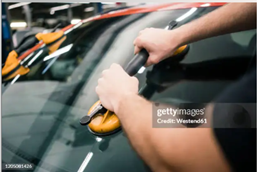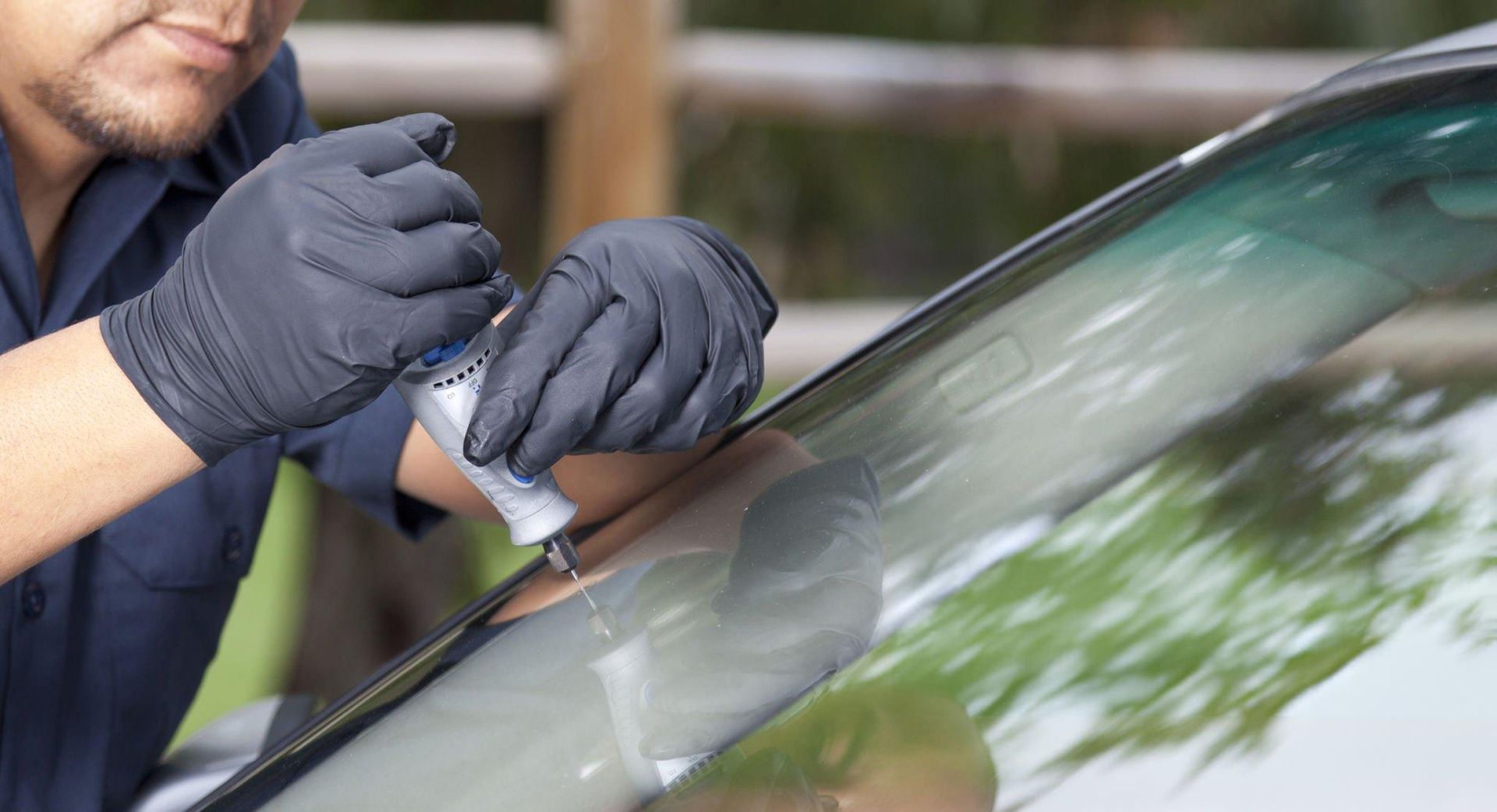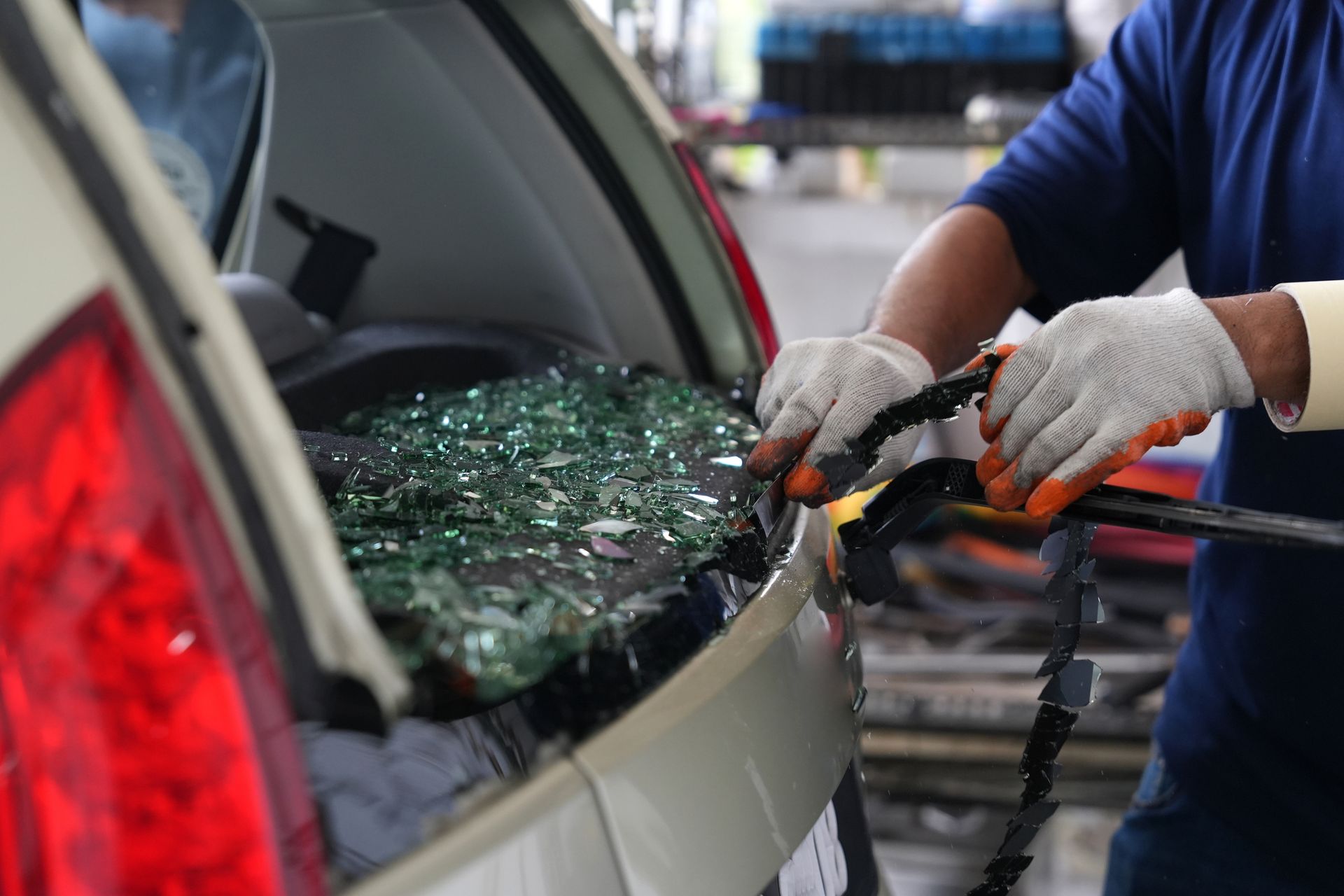All About Automobile Window Weather-Stripping
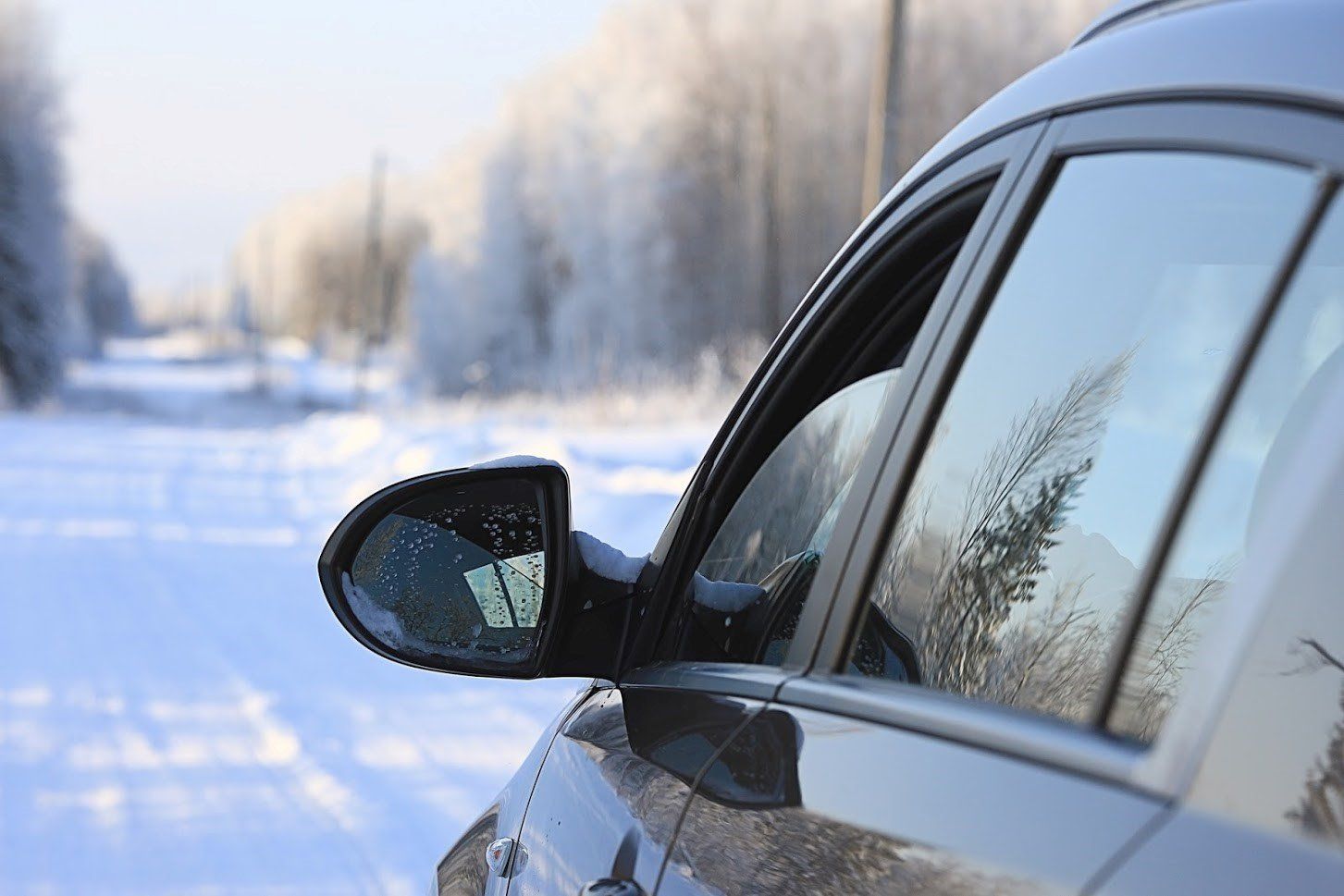
Body
Every vehicle owner should understand the importance of their automobile window weather-stripping. Window weather-stripping, which is also referred to as window molding or window seals, helps hold your automobile windows in place, protect your vehicle interior from the outdoor elements, and block outside sound to keep the interior of your car quieter when on the road.
When window weather-stripping fails, it cannot only put the structural integrity of the window it surrounds in jeopardy, but it can expose the interior of your vehicle to the outdoor elements.
Read on to learn how to care for your vehicle window weather-stripping, how to keep it in good condition, and signs that your weather-stripping needs repair or replacement.
How to Care for Weather-Stripping
Most automobile window weather-stripping is made out of neoprene synthetic rubber. This rubber deteriorates over time as it is exposed to the sun's heat and UV rays, drying road salt, and outdoor temperature fluctuations. Caring for your vehicle weather-stripping properly can help slow this deterioration to potentially extend its lifespan.
To help extend the life of your weather-stripping, remove any dirt and grime covering it with warm soapy water and a sponge at least once a year, although you should ideally wash window seals at least once a season. Then, rinse seals with water and wipe them dry with a clean towel.
Once your weather-stripping is completely dry, coat it with silicone spray or paste. Silicone protects weather-strip rubber from the sun's heat and repels water and ice to further prevent seal damage.
As you clean and coat your weather-stripping, check for damage or areas where the seals are coming loose. If you find a loose section of weather-stripping, you can reattach it with a weather-strip and gasket adhesive or take your vehicle to an automobile window repair shop to have your window seal repair professionally.
In addition, if you live in an area of the country that experiences harsh winter weather, remove ice from your vehicle windows gently to avoid damaging their seals. Never remove ice with a sharp or metal object that can easily puncture weather-stripping, and avoid melting the ice on your windshield with a salt-water solution that can dry out window seals very quickly.
How to Notice Signs Your Weather-Stripping Needs Repair or Replacement
If your weather-stripping appears dried and cracked or discolored, then those are tell-tale signs that it should be replaced. However, while auto glass damage can be easy to spot, failing auto window weather-stripping is not as easy for the average automobile owner to diagnose with visual inspection alone.
Also check for the following signs that vehicle window weather-stripping needs repair or replacement, even if you do not notice a change in its appearance.
Leaky Windshield
If you often notice a wet dashboard or dampness elsewhere in your front automobile interior, especially after it rains, then that is a sign that water may be leaking through a failing windshield seal and into your vehicle.
To determine if a leaky windshield or another automobile problem that can lead to water entry causes this dampness, first cover your windshield in soapy water. Then, use an air compressor to direct air at your interior window seals around the perimeter of your windshield.
If you see soap bubbles forming anywhere along the perimeter of your windshield exterior, then that is a sign that your windshield weather-stripping is no longer forming a tight seal around your windshield and is likely the source of the water leak.
Road Noise When Windows are Shut
Another sign of failing window seals is an increase in the road noise you hear while driving when your windows are shut. While some vehicles are built to block out more exterior noise than others, think back to when you first purchased your vehicle and the amount of exterior noise you heard while driving it when it was new. If this noise has increased greatly since then, then failing window seals may be to blame.
Drafty Seals
Your window weather-stripping also helps keep your cool, air-conditioned automobile air inside of your vehicle during the summer and your heated air inside of your automobile during the winter.
You can determine if your seals are still performing this important job by simply holding your hand along the perimeter of your windshield and other automobile windows during the cold winter or hot summer. If you feel hot air seeping through one or more seals during the summer or cold air entering through the seals during the winter, then that is an additional sign of failing window weather-stripping.
Seals that Feel Hard and Brittle
When you touch your window weather-seals with your fingers, they should feel soft and bouncy. If your seals instead feel hard, brittle, or flat, then new weather seals could likely help protect your vehicle interior from the exterior environment much more effectively.
All automobile owners should understand the importance of their automobile window weather-stripping, how to care for it, and how to determine when it needs to be replaced. Contact the auto glass repair and replacement experts at MS Glass Outlet for auto window weather-stripping repair or replacement today.

